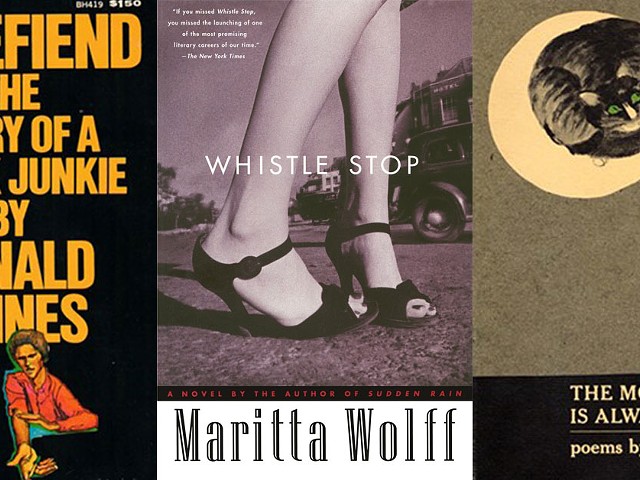One of the great things about being a resident in the United States is being a traveler within your own country. Pity the little countries like Monaco, San Marino, and Liechtenstein, all smaller than Madison, Wisc. You can walk across them at a leisurely pace in hours. But in the good old U.S. of A., you can get into a car and, a few hours later, find yourself in a different place with different customs and different delicacies.
Part of that regional culture includes the way we drink, specifically those regional cocktails that express the essence of an area. In the South, it's often the mint julep, with its corn liquor and sprig of mint. New Orleans gave us the Sazerac, with its homegrown Peychaud's bitters. The Southwest birthed the Tequila Sunrise, originally a combination of Mexican tequila and lime juice and European ingredients. Detroit has no fewer than three such drinks: The Bullshot, the Last Word, and the Hummer. Wherever you go, it seems you can find a local drink telling a local story.
But as you travel outstate in Michigan, it's a bit more difficult to nail down a drink, let alone an exclusively local ingredient. What follows is our best attempt to find a cocktail Michigan could legitimately lay claim to.
You'd think it would be a whiskey drink, as Michiganians apparently drink more Jim Beam than any other liquor. So finding a simple, no-frills whiskey drink might be a good first choice.
Though it isn't as sophisticated as a Manhattan or as fancy as a Tom and Jerry, the Boilermaker makes up for in power what it lacks in grace. It's just a simple shot of whiskey chased with a pint of beer. Or it can be all swallowed together if the shot is simply dropped upright into the pint. It was the drink of choice for dead-tired auto factory workers coming off the line three shifts a day.
Michigan may not have an iconic booze it produces, but it's pretty well known for its apples. Of course, in the early 1800s, when Johnny Appleseed roamed the great Middle West, apples weren't for eating so much as for squashing into hard apple cider, which was quaffed in place of wine or beer in rural backwaters like our peninsulas. That cider is best made from less sweet heirloom varieties, and Michigan, being a "variety state" (as in it produces more different varieties of fruits and vegetables than any state but California), makes great apples for great cider.
In fact, Mike Beck, co-owner and president of Uncle John's Fruit House Winery in St. John's, once told us he'd rather kill himself than use out-of-state apples to make cider, as Michigan apple growers offer varieties that you won't see on store shelves, such as Idareds, Winesaps, Rhode Island Greenings, and more. In fact, you could do worse than to chop up a variety of apples and make a hard cider sangria.
Of course, even the hardest cider is still like beer or wine, not really strong enough to qualify as an active ingredient in a cocktail. But early settlers knew how to distill hard cider down to a brandy-like liqueur known as Applejack. You can actually buy a Michigan-made applejack from Holland-area Coppercraft Distillery, which describes its 80-proof beverage as redolent of apples, sweet vanilla, butterscotch and spice. You could use it to make an Applejack Old Fashioned, replacing the whiskey with applejack. In fact, you could also replace the simple syrup in that cocktail with maple syrup. (And make sure it's Grade A maple syrup, and not high-fructose corn syrup with flavoring added.)
Note well that maple syrup, which is definitely produced in Michigan, has been making inroads into cocktail culture, with recipes appearing in the last few years for a Maple Apple Bourbon Sour and a Vermont Cocktail (which uses Applejack, no less). But what's show-stopping about these drinks is that they also use lime juice. Now, you can't grow limes in Michigan (well, maybe a dwarf variety, in a greenhouse at least seven months out of the year). But what happens when you mix lime juice and maple syrup? Aficionados say that the two flavors combine to produce a flavor like tart green ... apples.





